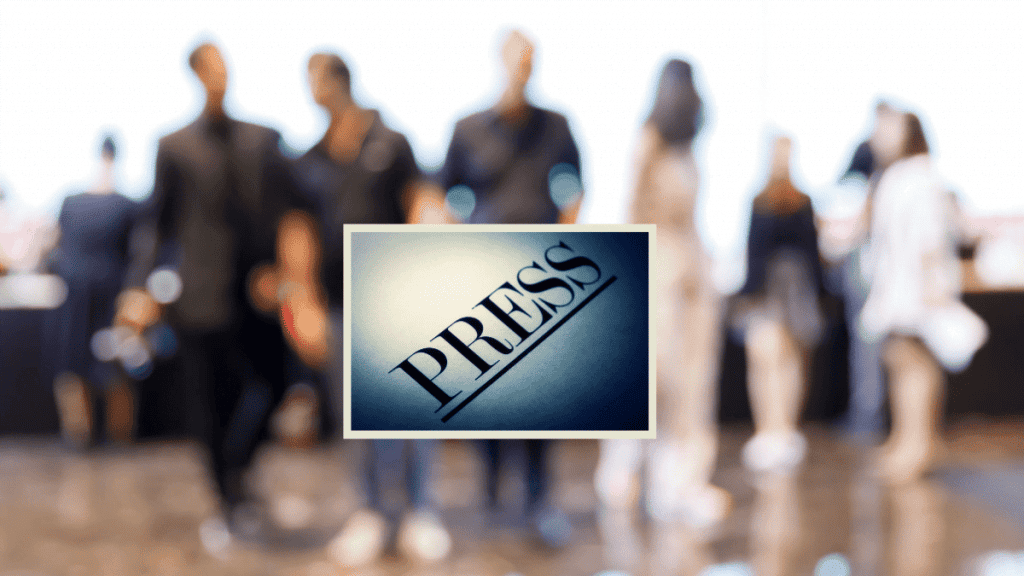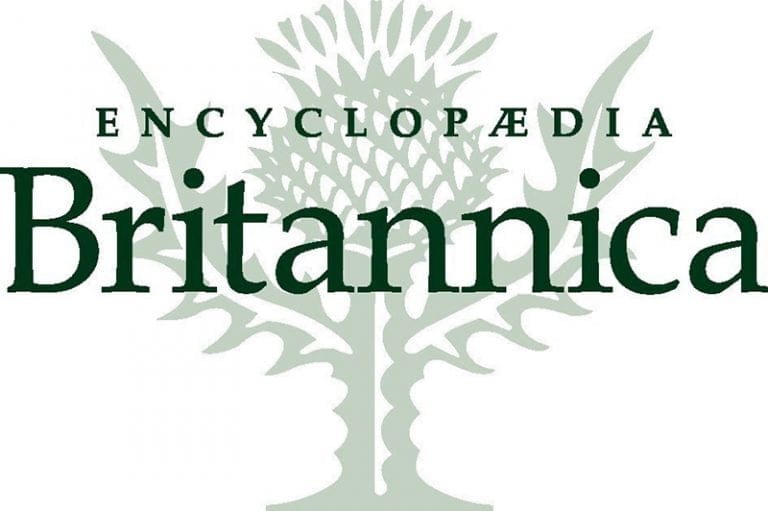Writing a press release to announce an event requires most of the same techniques as a typical press release but also has a few special rules created by the fact that an event is very time-limited. A new product or campaign will be around for quite a while, but an event has a specific start and end date, which means that when you’re thinking about how to write great event PR, you have to think about how to convince journalists to cover it at precisely the right time. That creates more pressure to get journalists interested right away: if they’re interested but don’t want to write about it until the event is over, that won’t help get people to come. So an event press release must have a sense of urgency about it, even if it’s sent out weeks in advance.
Table of Contents
ToggleEvent PR Tip: Timing is important
One effect of this is that when deciding how to write a press release for an event, you have to make sure that the timeframe is clearly stated everywhere. It’s not enough for the headline to say what the event is; it has to mention the date (or dates) of the event upfront, as well as the start time, the location, and anything else that would tell the reader when it is and when they would have to show up. And beyond the headline, the time-specific details should be prominently repeated several times. The release should also mention things relevant to the journalist’s readers if they read an article and are trying to decide whether or not they should go: how much do the tickets cost? Are there different ticket prices for different age groups? And don’t just mention the name and city of the venue: it should also mention what area the venue is located in, and maybe even basic directions for getting there (or a landmark that is near the venue, to make it easier for readers to locate it in their minds). If it’s a virtual event, then mention all the different ways a person could join.
Highlight the key points of the event
Another key component of how to write a press note for an event is to identify what aspect of the event you are interested in getting people to notice or cover. If it’s just a general invitation to the event, it needs to summarize the event’s purpose as a whole. But other releases can call attention to a particular speaker who has been signed up for the event or a panel that has been announced or canceled. No matter what the press release is about, though, it should still summarize the broader purpose of the event somewhere in the body of the text: you must never leave the reader in doubt as to what the event is all about or how this particular announcement fits into the context.
Different types of events will call for different styles. If the issue is how to write a press release for a conference or something else that is relatively highbrow and sedate, then you want the press release to have a tone that matches the event you’re writing about. For a sporting event or something else that is purely for fun, you can write with a bit of extra hype, though without violating the rule about avoiding superlatives and exaggerations.
Event PR Tip: Clearly identify who can attend
You should also know whether you are writing about an “open” or “closed” event. An open event is so-called because it’s open to the public. When you write this type of event PR, your goal is to maximize the number of people who hear about it and to get journalists to tell the public that it’s happening and give them reasons why they might want to go. By contrast, a closed event is usually invitation-only or has some other limitation that keeps the wider public from getting in. Journalists can sometimes get invited to these events if they are interested, which is one reason for using press releases to inform them about it. But journalists also communicate information about a closed event to the public: whoever is sponsoring the event wants the public to know about it and to know as much non-confidential information as possible. So, a press release for this type of gathering should convince journalists that even people who can’t get in will be fascinated by what they’re missing.
Post-event follow up
There are also post-event press releases, which cover an event that has already happened and summarize some of its highlights. Journalists often create stories about events that are over – think of sports contests or performances – so it’s worthwhile to drop them a line right after the event ends, letting them know what went down. These releases can be partly created in advance and then tweaked: write about the people who were scheduled to speak and then add in information about what they said and how the audience reacted. A closed event may have more limitations on what can be revealed in a press release, but it benefits from a good and widely-circulated description of who was there and what was said: even when an event is off-limits to the public, the organizers want the public to know something about it – and a good press release becomes all the more important.
Summary:
How to Write A Press Release for Events
Writing a press release to announce an event requires most of the same techniques as a typical press release but also has a few special rules created by the fact that an event is very time-limited. A key component of how to write a press note for an event is to identify what aspect of the event you are interested in getting people to notice or cover. If it’s just a general invitation to the event, it needs to summarize the event’s purpose as a whole. But other releases can call attention to a particular speaker who has been signed up for the event or a panel that has been announced or canceled. No matter what the press release is about, though, it should still summarize the broader purpose of the event somewhere in the body of the text: you must never leave the reader in doubt as to what the event is all about or how this particular announcement fits into the context.





